Starry, Starry, Night, Science Olympiad – Flashcards
Unlock all answers in this set
Unlock answersquestion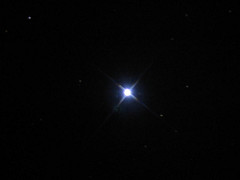
Aquila

answer
Constellation in the Northern Hemisphere with Cygnus to the north and Scutum and Sagitarrius to the south. It represents a flying eagle.
question
Orion
answer
Constellation in the Northern Hemisphere opposite Scorpius so that this constellation sets as scorpion rises in the sky. It represents a giant hunter or warrior followed by his dogs (the constellation Canis Major and Canis Minor). Its most distinctive feature is Orion's belt, a line of three second-magnitude stars. Note: In late October each year, the Orionid meteors appear to radiate from a point near the border of Gemini.
question
Bootes
answer
Constellation in the Northern Hemisphere that lies in the Milky Way between Cassiopeia and Auriga. It represents the character who was sent to slay Medusa, the Gorgon, in Greek mythology., Constellation in the Northern Hemisphere that extends from Draco and the handle of the Big Dipper in the north to Virgo in the south. This constellation represents a man herding a bear (Ursa Major).
question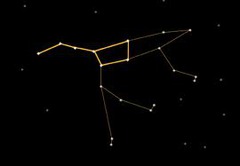
Ursa Major

answer
Constellation found in the Northern Hemisphere. Seven of its stars form the Big Dipper. It represents the Great Bear. The two stars in the dipper's bowl farthest from the handle, Alpha and Beta Ursae Majoris, point toward the north Pole Star, Polaris. In Greek mythology, The Great Bear is identified with two different characters. One is Callisto who was turned into a bear by Zeus's wife, Hera, in a fit of jealousy. The other is Adrasteia, one of two nymphs who nursed the infant Zeus, hiding him from the his murderous father, Cronus.
question
Canis Minor
answer
Constellation in the Northern Hemisphere. It is the smaller of the two dogs of Orion, the hunter.
question
Aquila

answer
Constellation in the Northern Hemisphere with Cygnus to the north and Scutum and Sagitarrius to the south. It represents a flying eagle. Also Is under the Constellation Hercules
question
Canis Major
answer
Constellation in the Southern Hemisphere. It is one of the two dogs following Orion, the hunter.
question
Cassiopiea
answer
Seen in the North all year around (the Lady in the chair)
question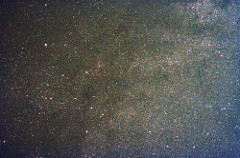
Cepheus

answer
This constellation contains NGC 188, the oldest star cluster in the Northern Hemisphere.
question
Cygnus
answer
a constellation in the northern hemisphere between Pegasus and Draco in the Milky Way
question
Draco
answer
(adj): Excessively harsh (penalties); an allusion to an athenian lawmaker in the 7th century whose legal code was unusually severe
question
Gemini

answer
Contains Castor and Pollux.
question
Leo
answer
the lion that Hercules slayed and then turned into a star.
question
Lyra
answer
Constellation in the Northern Hemisphere lies on the edge of the Milky Way next to Cygnus. It represents the instrument played by Orpheus. Note: The Lyrid meteors radiate from a point near the star Vega around April 21-22 every year.
question
Pegasus
answer
(Greek mythology) immortal winged horse that sprang from the blood of the slain Medusa . then when it died it was put into the stars
question
Scorpio
answer
Arachnid that has a long tail with a poisonous, needlelike point on the end. Scorpio killed Orion
question
Taurus
answer
Constellation in the Northern Hemisphere. It represents a bull that was said, in Greek mythology, to be the disguise of the god Zeus
question
Virgo
answer
Found in the northern hemisphere, it is the 2nd largest constellation overall. It has Bootes to the north, Corvus to the south, and Libra to the west. It represents a virgin. 5 to 10 light years away from earth.
question
Altair

answer
Star in the Aquila Constellation located in the Northern Hemisphere.
question
Arcturus
answer
the 4th brightest star and the brightest star in the constellation Bootes
question
Sirius
answer
Brightest star in the night sky. The "dog" star. Actually a binary star.
question
Procyon
answer
The eighth-brightest star in in the sky found in the Canis Minor Constellation. It has a magnitude of 0.4. It is ata distance of 11.4 light-years to earth. It is slightly farther away than the other dog star, Sirius in Canis Major.
question
Deneb
answer
Brightest star in the Cygnus Constellation. It lies in the tail of the swan. It is a supergiant with a magnitude of 1.3 and over 3,000 light-years away. It is the most distant first-magnitude star.
question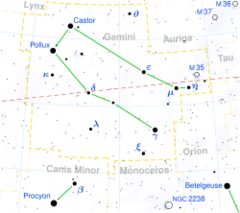
Pollux

answer
Giant, K (Luminosity class, spectral class)
question
Regulus

answer
A rapidly rotating star in the Leo Constellation located in the Northern Hemisphere.
question
Vega
answer
is the old north star.
question
Betelgeuse
answer
Red supergiant star in the Orion Constellation located in the Northern Hemisphere.
question
Rigel
answer
A luminous blue supergiant star in the Orion Constellation located in the Northern Hemisphere.
question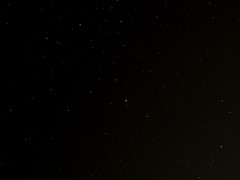
Antares

answer
Red supergiant star in the Scorpius Constellation located in the Southern Hemisphere.
question
Aldebaran
answer
A red giant in the Taurus Constellation located in the Northern Hemisphere.
question
Pleiades
answer
M57, an open cluster of a few hundred stars in constellation Taurus; six of the stars are easily visible to the naked eye
question
Hyades
answer
Nearest open cluster to the Solar System and one of the best-studied of all star clusters. Located inm Taurus.
question
Merak
answer
Pointer star for Polaris. Apparent brightness=2.37. Bottom right star of the spoon of the Big Dipper
question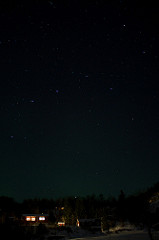
Dubhe

answer
Star at the top of the basket of ursa major, points toward polaris.
question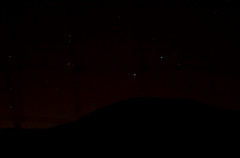
Polaris

answer
A creamy-white supergiant star that is a Cepeid variable in the Ursa Minor Constellation located in the Northern Hemisphere.
question
Spica
answer
The brightest star in the Virgo constellation located in the Northern Hemisphere. It is found at the southern tip of Virgo's sloping Y shape.



